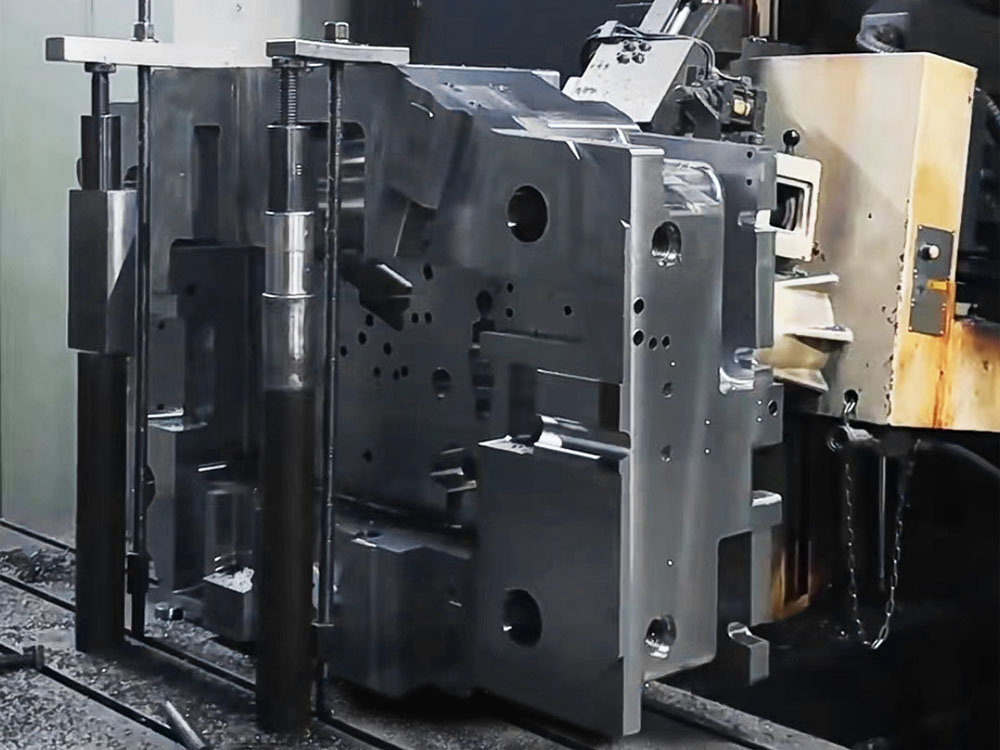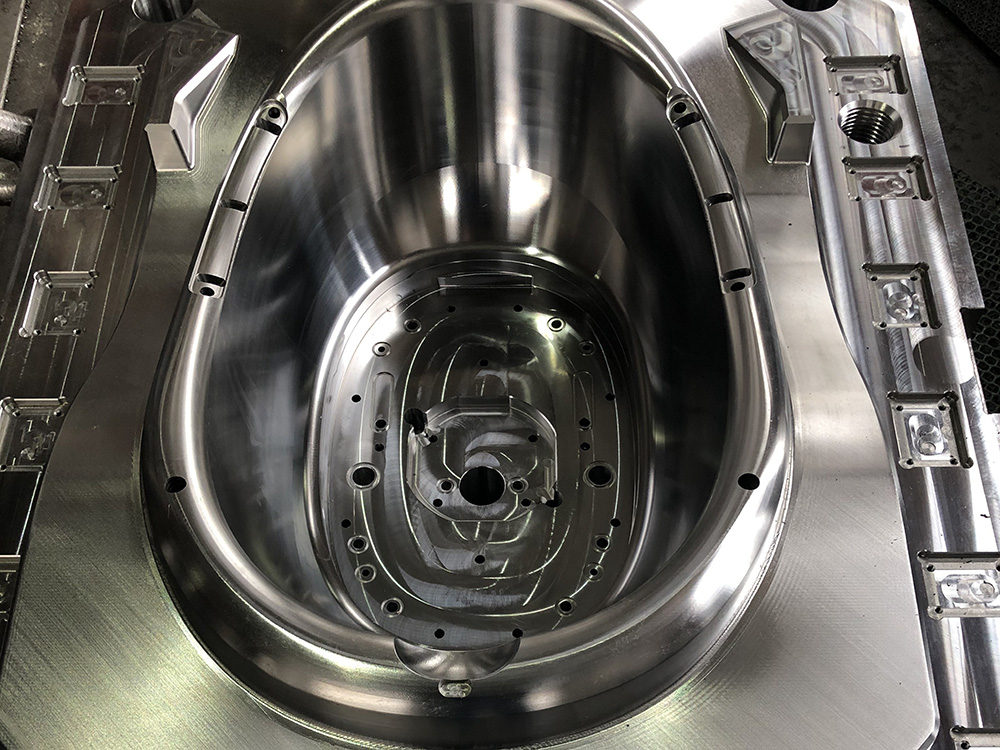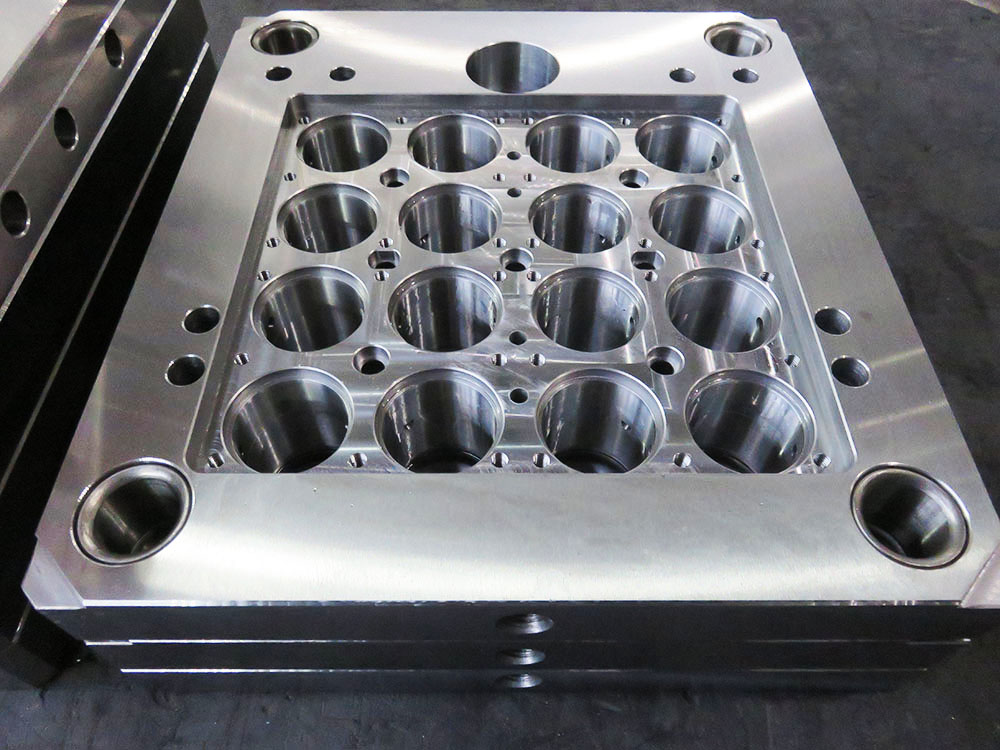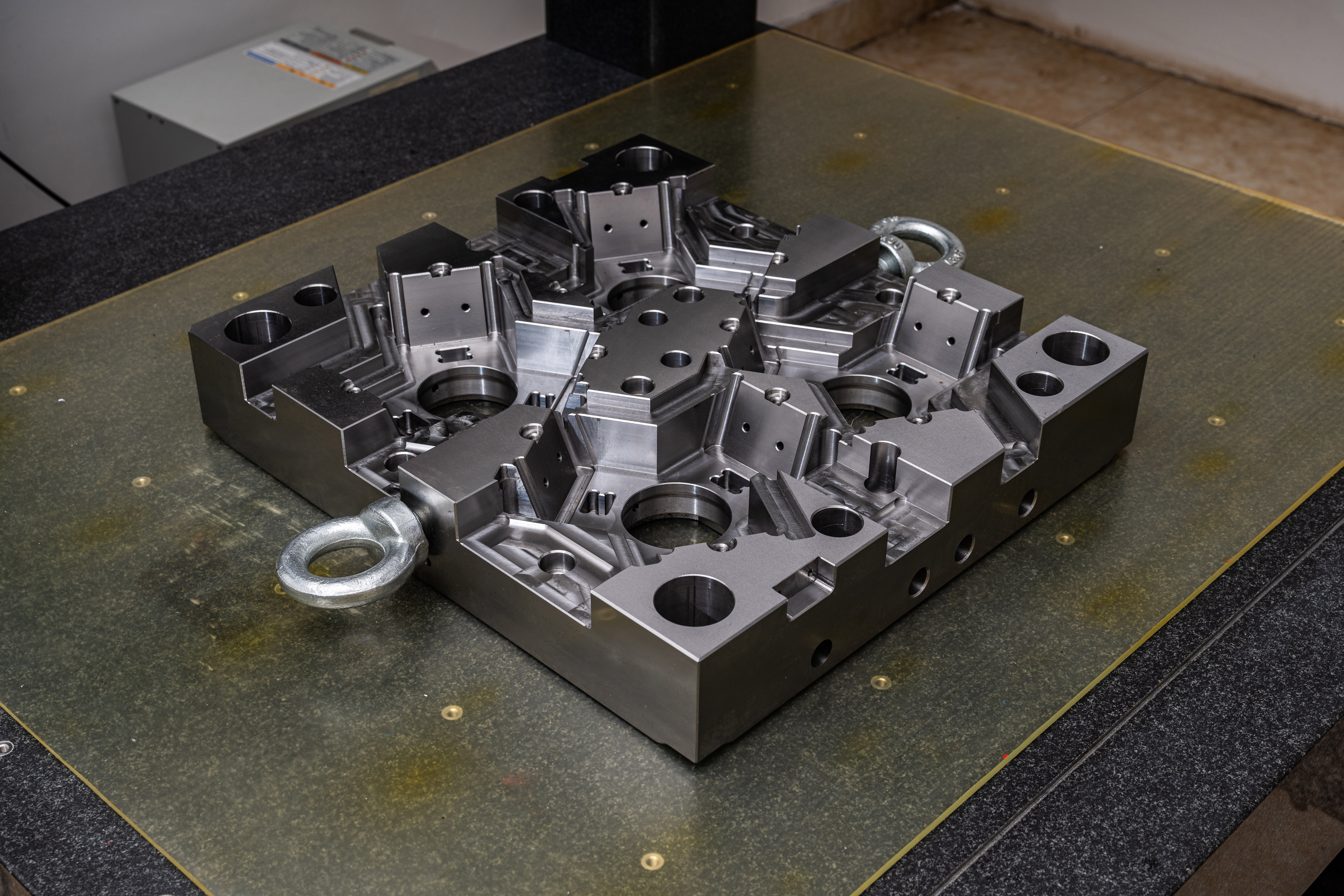How to Create a Tutorial Video on Assembling a Model Structure with Visual Diagrams in the Mold Base Industry
Creating a tutorial video on assembling a model structure with visual diagrams is an effective way to impart valuable knowledge and skills to professionals in the mold base industry. In this article, we will discuss the step-by-step process of creating such a tutorial video, ensuring clarity, professionalism, and organized content.
Step 1: Pre-production Planning
The first step in creating a tutorial video is thorough pre-production planning. This includes defining the objective of the video, determining the target audience, and outlining the content to be covered. It is essential to clearly visualize the assembly process and identify the key steps to be included in the tutorial.
In this stage, it is recommended to create a script and a storyboard. The script should provide a detailed description of each step, while the storyboard should provide a visual representation of the instructions using diagrams or illustrations.
Step 2: Recording Equipment and Setup
Once the pre-production planning is complete, the next step is to gather the necessary recording equipment. High-quality equipment is essential to ensure clear visuals and audio. Here is a list of equipment to consider:
- A professional-grade camera or smartphone with a high-resolution lens
- A tripod to stabilize the camera
- Lighting equipment to eliminate shadows and enhance visibility
- Microphones or audio recording devices to capture clear sound
- Screen recording software or devices to record the assembly process on a computer screen
Ensure that the recording setup is well-lit, noise-free, and visually appealing. This will contribute to the overall professionalism of the tutorial video.
Step 3: On-camera Presentation
The next step is to present the assembly process on-camera. This involves demonstrating each step mentioned in the script while recording the visuals and audio. Here are some tips for effective on-camera presentation:
- Speak clearly and slowly, enunciating each word to enhance understanding.
- Use simple and concise language without excessive jargon.
- Maintain a steady and confident pace while assembling the model structure.
- Demonstrate proper technique and the correct usage of tools.
At the same time, pay attention to the camera framing and positioning to ensure that the visuals are clear and the important details are highlighted.
Step 4: Visual Diagrams and Annotations
To provide additional clarity and aid understanding, it is crucial to include visual diagrams and annotations in the tutorial video. This can be achieved by incorporating screen recordings of digital diagrams, animations, or illustrations. Here are some guidelines for using visual diagrams effectively:
- Clearly label each part or component in the diagram.
- Use arrows or lines to indicate the direction of movement or connections.
- Highlight important areas or features with colors or text annotations.
- Zoom in on specific sections to focus attention and provide detailed explanations.
Remember to synchronize the on-camera presentation with the visual diagrams to provide a seamless learning experience for the viewers.
Step 5: Editing and Post-production
After completing the on-camera presentation and incorporating the visual diagrams, it is time to edit the tutorial video. This involves trimming unnecessary footage, enhancing audio quality, and synchronizing the visuals with the narration. Additionally, consider adding text overlays, captions, or subtitles to further aid understanding.
Post-production also includes adding relevant background music or sound effects to create a pleasant viewing experience. Ensure that the final video has a professional look and feel before proceeding to the distribution phase.
Step 6: Distribution and Promotion
Once the tutorial video is edited and finalized, it is ready for distribution and promotion. There are various platforms available for sharing tutorial videos, such as YouTube, Vimeo, and company websites. Consider optimizing the title, description, and tags to increase visibility and reach the target audience.
Additionally, promote the tutorial video through social media channels, industry forums, or email newsletters to boost its viewership and engagement.
Conclusion
Creating a tutorial video on assembling a model structure with visual diagrams in the mold base industry requires meticulous planning, professional presentation, and effective use of visual aids. By following the step-by-step process outlined in this article, mold base professionals can develop informative and educational tutorial videos that provide valuable insights and enhance their understanding of the assembly process.




